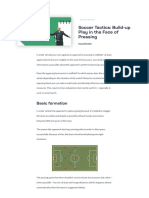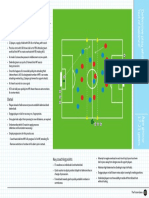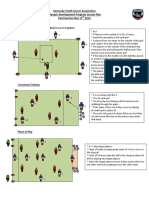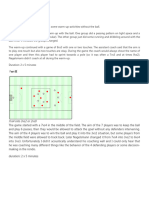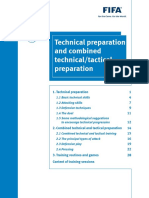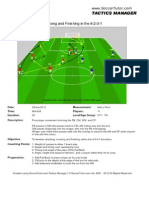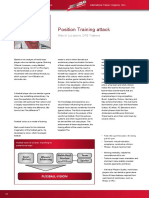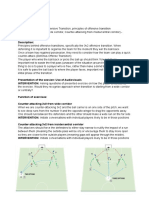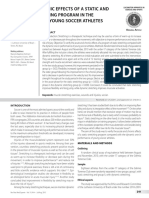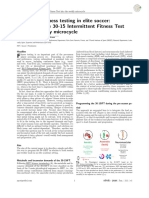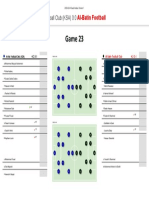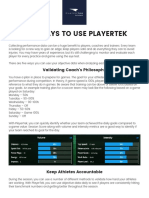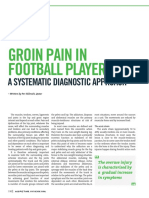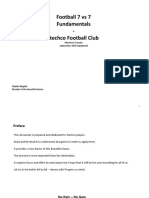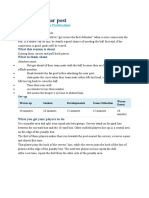100% found this document useful (1 vote)
2K views66 pagesGame Model Template
The Game Model is a framework that organizes a football team's behavior during different moments of the game, aiming to create consistency and predictability in their play. It consists of four key moments: Attacking Organization, Defensive Transition, Defensive Organization, and Attacking Transition, as well as various scales and principles that define the team's identity. The model is dynamic and evolves through ongoing analysis and adaptation to opponents, ensuring that the team's core principles remain intact while allowing for tactical flexibility.
Uploaded by
Cherbiti Mohammed AmineCopyright
© © All Rights Reserved
We take content rights seriously. If you suspect this is your content, claim it here.
Available Formats
Download as PDF, TXT or read online on Scribd
100% found this document useful (1 vote)
2K views66 pagesGame Model Template
The Game Model is a framework that organizes a football team's behavior during different moments of the game, aiming to create consistency and predictability in their play. It consists of four key moments: Attacking Organization, Defensive Transition, Defensive Organization, and Attacking Transition, as well as various scales and principles that define the team's identity. The model is dynamic and evolves through ongoing analysis and adaptation to opponents, ensuring that the team's core principles remain intact while allowing for tactical flexibility.
Uploaded by
Cherbiti Mohammed AmineCopyright
© © All Rights Reserved
We take content rights seriously. If you suspect this is your content, claim it here.
Available Formats
Download as PDF, TXT or read online on Scribd
/ 66








